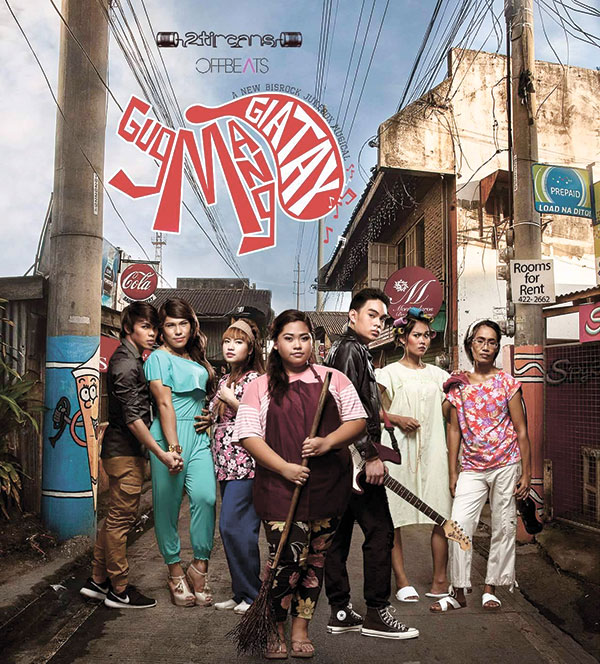Designing the BRT Stations
By Karl Aries Emerson F. Cabilao, UAP
THE quest to give respite to the metro’s traffic woes continues. The bus rapid transit (BRT) has been considered as an important step towards achieving (finally!) a more efficient public transport system that would soon hit the roads and highways. This would maximize usage of roads with more people being conveniently accommodated in buses rather than in outdated transportation modes or adding up to the traffic volume with each of their private cars. With these buses (and lesser wheels using the road), road traffic would hopefully be manageable and travel time improved significantly.

However, an improved transportation system is not just about getting from one place to another more quickly. It’s also about the experience of the traveler, which often extends to the part where he would be waiting to embark on the bus and where he would disembark. Thus, the stations where these buses would stop are also vital in the success of the system.
The Cebu BRT Team tasked to implement construction of the system is tapping the Cebuano architects, with their experience in design and planning, to be part of this promising project, especially in terms of the design of the BRT stations. Initially they had a BRT station proposal done by a Korean consultancy firm, however, the team wanted to get the architects on board, which is truly an admirable and fitting decision on their part. Taking note of the role of architecture in community and nation-building, these Cebuano architects give their ideas on the design of the future BRT stations.
“The design should incorporate the Filipino twist and should not be a structure designed that is detached from community it was intended to serve. I think every station should have its own flavor like if it was located near an iconic building like the Capitol, it should complement the design of the Capitol. Basically, every station should be a unique experience.” Xyrus Alan Bucao, Architect
“The design should be efficient in terms of protecting the passengers against wind-driven rain and low-angle sun rays. I suggest that effective shading devices will be incorporated in the design to optimize the use of the terminal facility.” Vangie Cheryl Ulila, President, United Architects of the Philippines – Cebu Chapter
“The design for the BRT stations should address the tropical requirements of Cebu City, with its open air solutions and naturally lighted interiors. A linear module answers the limited width for the stations to maximize carriageways. It must also have a good roof design and building height to adapt to Cebu’s dusty road environment and for easy maintenance.” Gecille Paul Sasan, Senior Architect
“It is hoped to resolve one of our major problems of our commute everyday by easing traffic congestions, and by providing safe, on time and comfortable options for the commuters. But careful planning of its implementation should be done, since construction of its stations and road networks might prompt more traffic problems. Although it’s a sacrifice we must make for progress, I am sure that it can be lessened by careful planning, scheduling and alternative routes. As for the design, I would like it to be reflective of the Cebuanos, a design that embodies our strong sense of faith and resilience amidst trials. If given the chance, I would like to suggest to tap into Cebuano architects and artists to collaborate with the initial foreign firm tapped in the design.” Daryl Balmoria-Garcia, Architect/Environmental Planner


